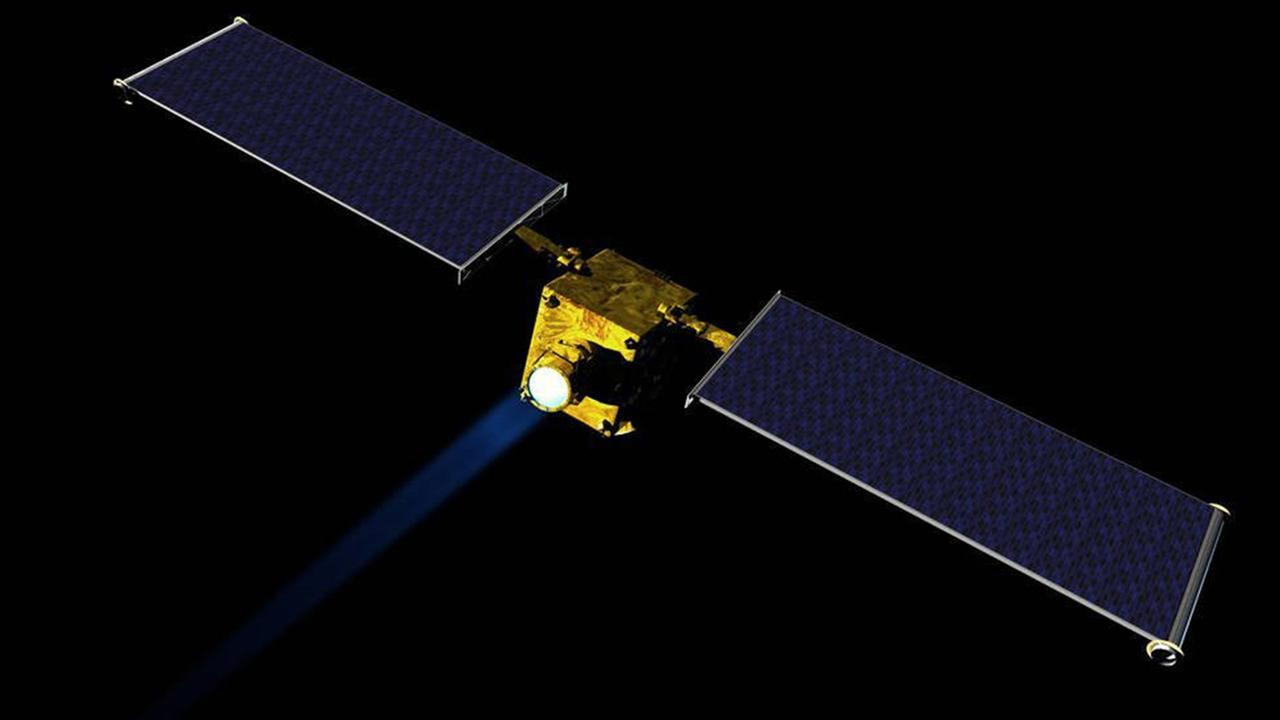Nasa is building satellites to deflect asteroids from Earth impact
It doesn't want to miss a thing

The risk of humanity going extinct due to a large asteroid hitting the Earth is small, but large enough to be worth worrying about. Don't believe me? Just ask the dinosaurs.
That's why Nasa has a particular interest in developing technology that could deflect an asteroid on a dangerous trajectory towards Earth. And now its latest project, the Double Asteroid Redirection Test (or DART for short), has just been moved from the "concept development" phase to the "preliminary design" phase.
DART is a fridge-sized spacecraft that uses what its engineers are calling the "kinetic impactor technique" - a fancy name for a process not unlike how snooker balls behave. The spacecraft is designed to slam into the side of an asteroid to nudge it off course.
You might think that a tiny spacecraft wouldn't have much effect on a massive asteroid, and you'd be right. But if you catch the asteroid early enough then even a tiny course correction should be enough to shift its path away from Earth.
"DART is a critical step in demonstrating we can protect our planet from a future asteroid impact," said Andy Cheng, who is co-leading the DART investigation at the Johns Hopkins Applied Physics Laboratory.
Testing it Out
Cheng and his colleagues are planning to test DART on a small, non-threatening asteroid in 2024. The target is known as 65803 Didymos, and has been closely studied since 2003. The spacecraft will fly close to the asteroid and then use an autonomous targeting system to aim itself.
It'll then strike the body at a speed about nine times faster than a bullet, while astronomers on Earth keep track of the results. A bit like this:
Get daily insight, inspiration and deals in your inbox
Sign up for breaking news, reviews, opinion, top tech deals, and more.
"Since we don't know that much about their internal structure or composition, we need to perform this experiment on a real asteroid," explained Cheng.
"With DART, we can show how to protect Earth from an asteroid strike with a kinetic impactor by knocking the hazardous object into a different flight path that would not threaten the planet."
